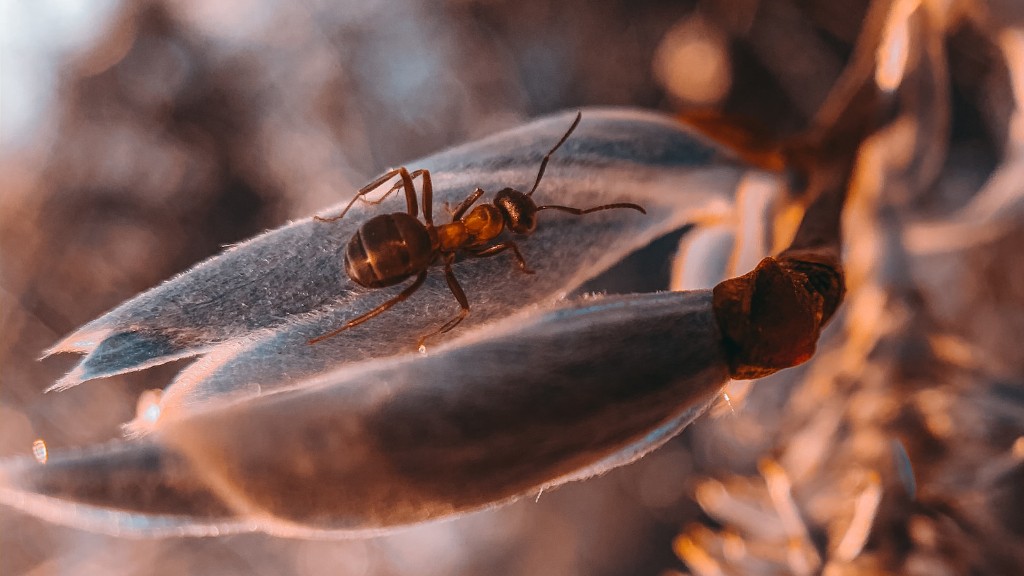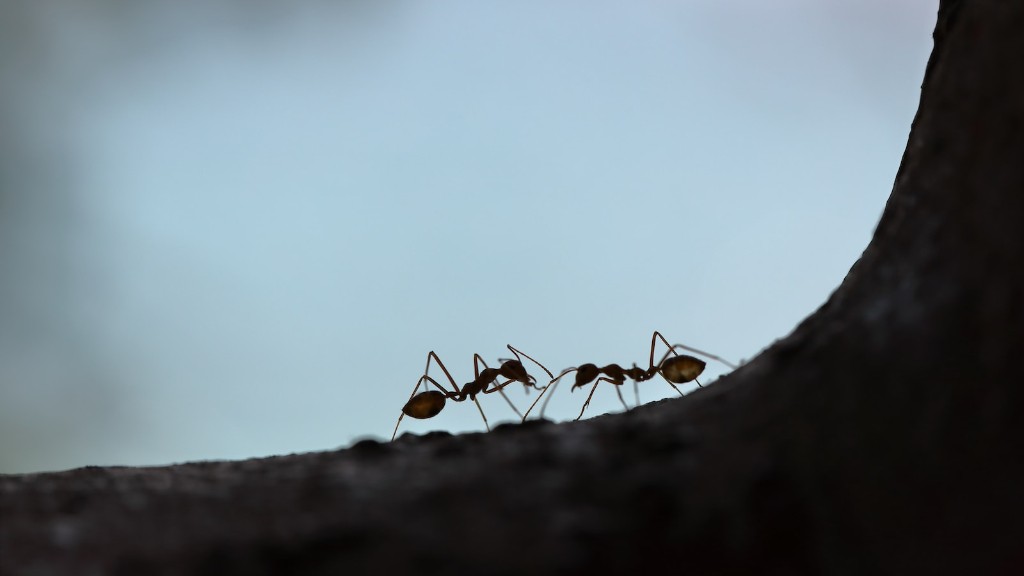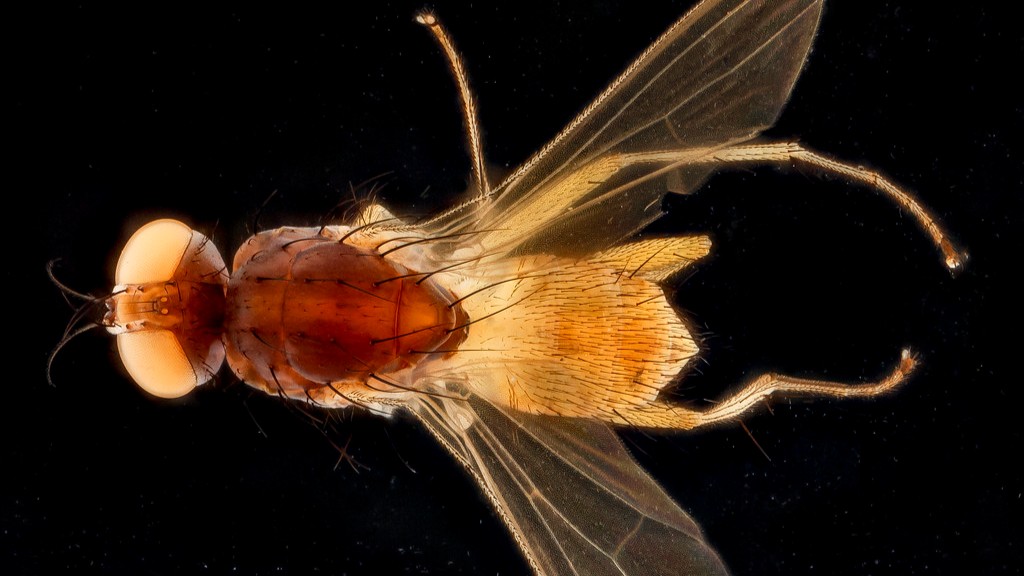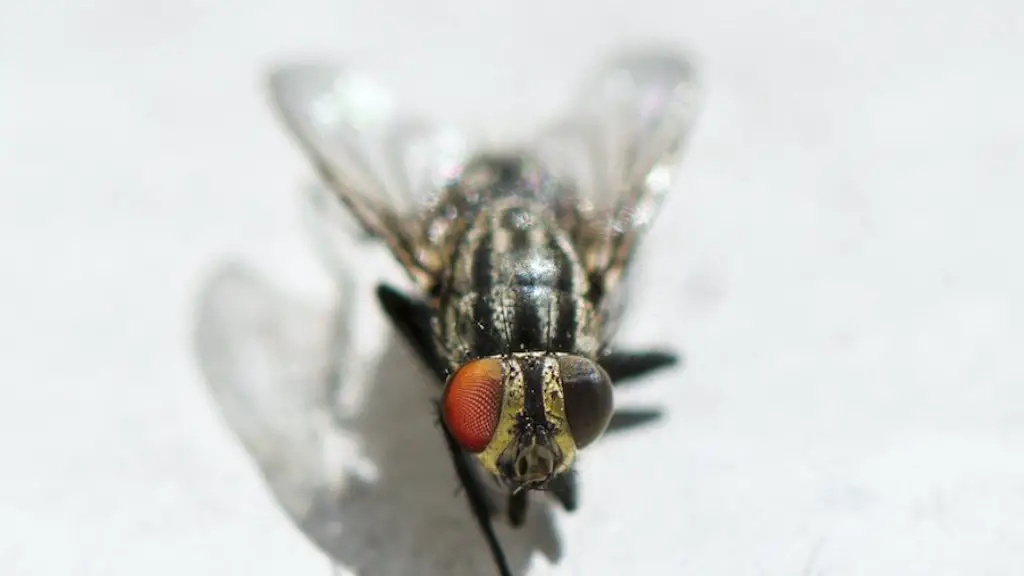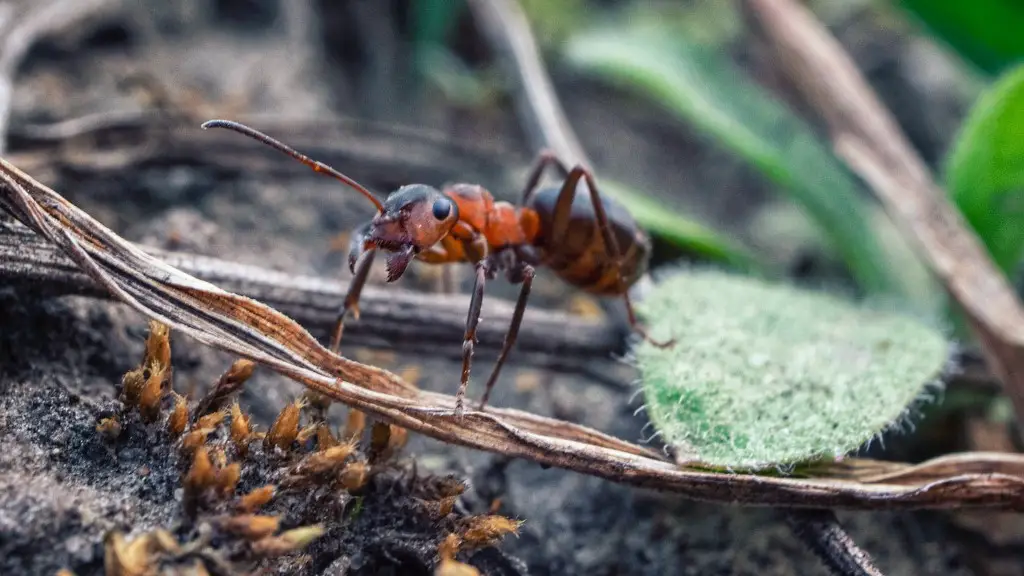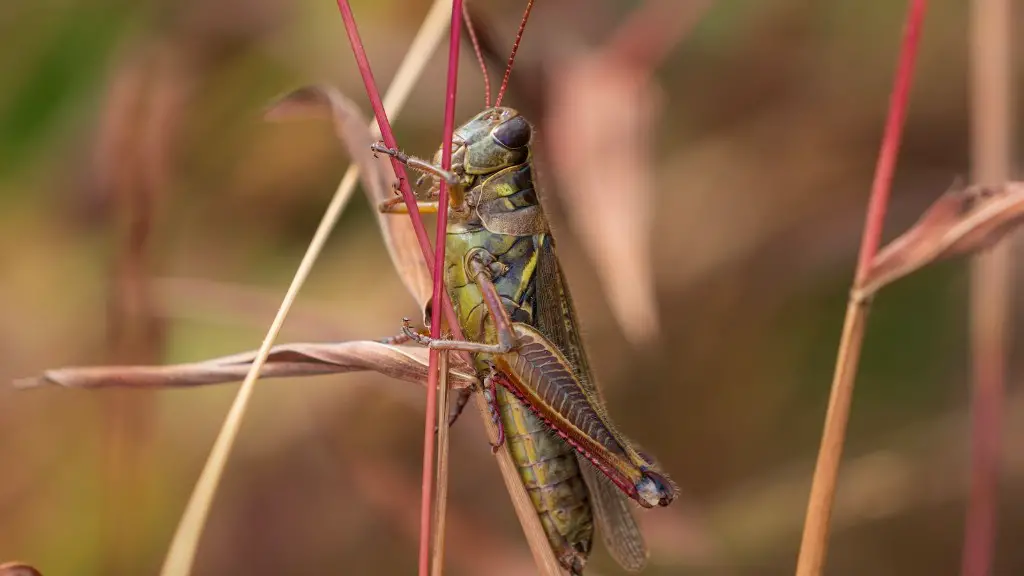Have you ever encountered the unwelcome sight of red ants in your home? Well, you’re certainly not alone. With their large numbers, red ants have become a worldwide problem in all continents but Antarctica. As they are persistent and have been known to contaminate food, infesting homes, it’s important to understand why they are attracted to your home, and what you can do to avoid them.
An ant’s top priority is to find food for their colonies. Red ants consume all kinds of sweet food, from sugar and sugary fruits, to fats. Outdoors, they are tenacious foragers, looking for plants and other organic matter. But ant behavior changes if moisture levels in their colonies reach a certain point. They then become more aggressive, adapting their lifestyles to feed more efficiently and bring more liquid to the colony.
What, specifically, attracts red ants into a house? The answer lies in their quest for food and moisture. Crumbs on the floor, sugary spills, and food leftovers are all enticing food sources. When water sources are also nearby, like under a kitchen sink, the attraction can be overwhelming.
But there are several approaches you can take to protect your home from red ants. The first is to reduce and eliminate food sources. Try to limit how much food is left out and clean up any crumbs on the floor. You should also seal entry points, such as small openings in walls or around windows and doors, to keep ants from entering your home. Last but not least, use ant traps and bait.
H2 – Identifying The Problem
If you’re still dealing with red ants, the next step is to identify the problem. It sounds simple enough, but ants can behave differently in different environments. You first need to figure out where the ants are coming from and where they are going. Ask yourself questions like: What is their favorite food? Are they inside or outside? Where are their nest entrances?
The best way to identify red ants is to note the places they are found. Search around the perimeter of the house and look for entryways, moisture sources, food sources, and ant trails. If possible, try to identify the nests. If they are outside, they may be underground. If they are indoor, they may be in the walls or furniture.
Once you’ve identified the problem, you can take steps to mitigate it. For example, if food is the major draw for the ants, make sure to clean up crumbs and spills. If water is a major source of attraction, make sure to seal off the source of moisture. And if you’ve identified the ant’s entrance, try to seal it off as well.
Pesticides
In some cases, it may be necessary to use pesticides to rid your home of red ants. The key word here is “necessary” – use the pesticide only if other methods haven’t worked. When you do use a pesticide, read the label closely. Make sure you know how long to leave the pesticide on the affected area, and how long you should wait before entering. Finally, always use the least amount of pesticide for lowest amount of time necessary.
Also, do your best to research natural and organic alternatives before using a pesticide. Some options include using boric acid, diatomaceous earth, peppermint oil, and citrus oil. All of these have ant-repelling qualities and can provide safe and effective alternatives to chemical pesticides.
It’s important to stick to the steps mentioned above. If you follow these steps closely and consistently, red ants will soon become a problem of the past. Remember, don’t panic and don’t give up. As long as you are consistent and vigilant, you will soon be able to keep your home ant-free.
Making Your Home Unappealing To Ants
Once you’ve identified the problem, you need to figure out what steps you can take to make your home less attractive to red ants. The most obvious solution is to keep crumbs and food off the floor and seal off any water sources. Make sure to also clean appliances, counters and tables regularly.
Also, keep in mind that ants are attracted to warm and damp areas. If you’re able, try to keep the humidity levels in your home low and repair any water damage or leaks. Finally, if you’re able, storing food in the refrigerator, ventilating cupboards, or even changing your laundry detergent may be a good idea.
Pest Treatment Services
In some situations, you may need to consult a pest control expert. Pest control services can be expensive, but they’re often worth the money. Trying to tackle a large ant infestation on your own can be a daunting task. If the problem persists, consulting an expert is the best way to get the job done.
Experts possess the training and resources to quickly identify the problem and find the best possible solution. They also understand how to use non-toxic methods to get rid of red ants. Plus, they can offer advice on how to make your house less attractive to ants in the future.
Ant Repellent Plants
Another solution is to plant ant repellent plants near your home. Plants such as marigolds, mint, rosemary, and catnip have all been known to deter red ants. Use a mixture of potted plants and larger plants to create a perimeter around your home. This will provide a natural barrier against the ants, and you’ll also get to add some color to your garden.
You can also use natural ant repellents inside your home. Essential oils such as peppermint and citronella will deter ants when applied around the house. Additionally, if necessary, vinegar, lime juice, and rubbing alcohol can also be used to remove ant colonies from walls, floors, and other hard-to-reach places.
Prevention and Maintenance
Since ants are relentless foragers and tenacious in their search for food, prevention is key. In addition to the techniques mentioned above, also be on the lookout for new ant colonies developing near your home. Regularly check the perimeter and don’t hesitate to call an exterminator if you find a large ant colony near your house.
It’s also important to stick to your plan of action consistently. If you’re diligent and persistent, you can keep ants out of your home for good. Some of these tips may take some time, but they are a sure way to rid your home of red ants.
Commercially Available Products
If you’d like to avoid the hassle of making your own repellents, there are plenty of commercially available products you can use. You can purchase bait traps, electronic ant killers, sticky barriers, and insecticides with pre-mixed solutions. Make sure to read the instructions and take any necessary safety measures before using the product.
Additionally, don’t forget to check the expiration date. Insecticides and other repellents lose their effectiveness over time, so make sure to store them properly and discard any outdated products.
Conclusion
No one likes to have ants in their home, but unfortunately they’re a regular occurrence in many households around the world. To keep your home pest-free, it’s important to understand the reasons why red ants are attracted to your home, and what you can do to combat their presence. If you follow the steps in this guide, you’ll be well on your way to having a home free of red ants.
